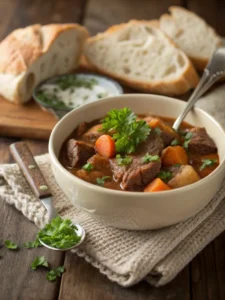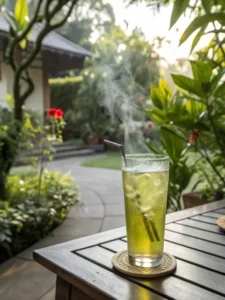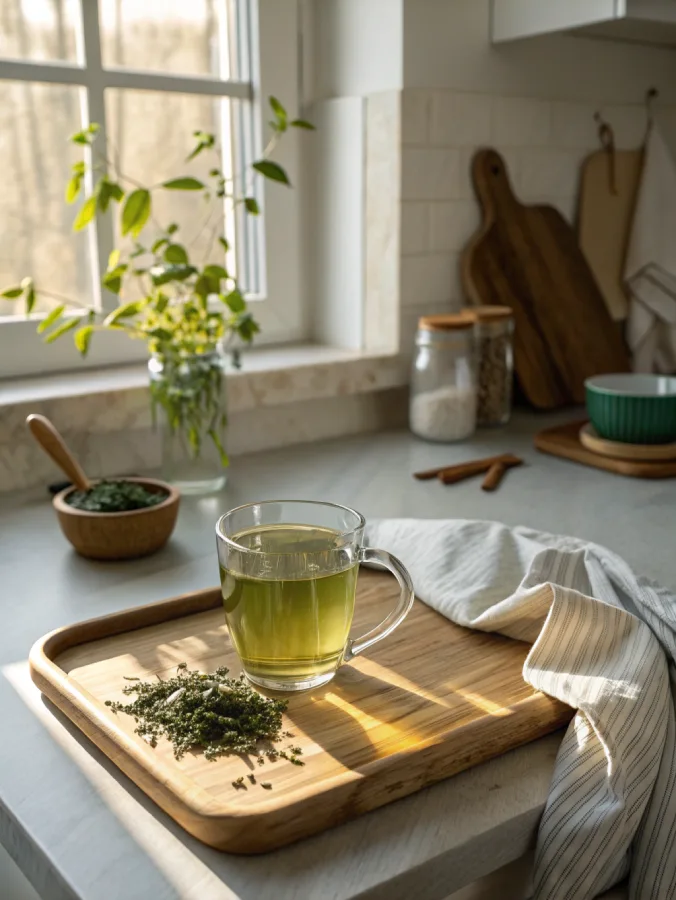
Green tea isn’t just a soothing cup, it’s a daily ritual that quietly transforms your health. From boosting metabolism and focus to becoming a calm moment in your routine, this humble leaf packs a serious punch. In this article, we’ll break down everything you need to know: what green tea does to your body, how to make it hot or iced, its caffeine levels, how it helps with weight loss, and even what’s inside a green tea shot. Whether you’re new to the world of green tea or looking to refine your brewing skills, you’re in the right place.
In this Article
Key Takeaways: What You Need To Know
- Green tea supports metabolism, focus, and digestion.
- It’s best consumed in the morning or early afternoon.
- Brewing time and temperature affect taste and health benefits.
- Matcha is a powdered form of green tea, richer in antioxidants.
- Iced green tea and green tea shots offer fun, refreshing twists.
My Green Tea Story & Why It Matters
Sipping Calm in a Cup: How Green Tea Became My Morning Reset
I’ll never forget the first time I brewed a cup of green tea that actually tasted…good. I was standing in my kitchen in Austin, the sun barely rising, windows open, breeze sneaking in. The aroma was nutty, grassy, and warm. No bitterness. No bag floating in a boiling mug. Just loose leaves, a splash of lemon, and a deep inhale. That moment didn’t just change my morning, it changed my mindset. Since then, green tea has become a staple in my routine, right next to journaling and a slow breakfast.
For years, coffee ran the show in my kitchen. But caffeine highs came with jittery crashes. I craved focus without anxiety, energy without the rollercoaster. That’s when I started learning about the natural benefits of green tea, not just the drink, but the ritual. It’s one of those simple joys that keeps giving, like finding your favorite corner café.
Why Green Tea Deserves a Place in Your Day
Green tea isn’t a magic pill, but it’s close. It’s a simple, centuries-old drink backed by modern science and embraced by cultures around the world. Rich in antioxidants like catechins, it supports everything from metabolism to brain function. But here’s the secret, how you brew it, when you drink it, and how you combine it with food makes all the difference.
On WeTasteRecipes.com, you’ll find nourishing ideas that pair beautifully with your tea ritual, like light weight-loss meals or even a low-sugar dessert to accompany your afternoon cup. This isn’t just about a beverage, it’s about building habits that feel good and support your health naturally.
And no, green tea isn’t just for sipping. We’ll also cover iced green tea, trendy green tea shots, and even how matcha fits into the mix. Let’s dive in and make your cup count.
Green Tea and Your Body – Timing, Benefits & Rituals
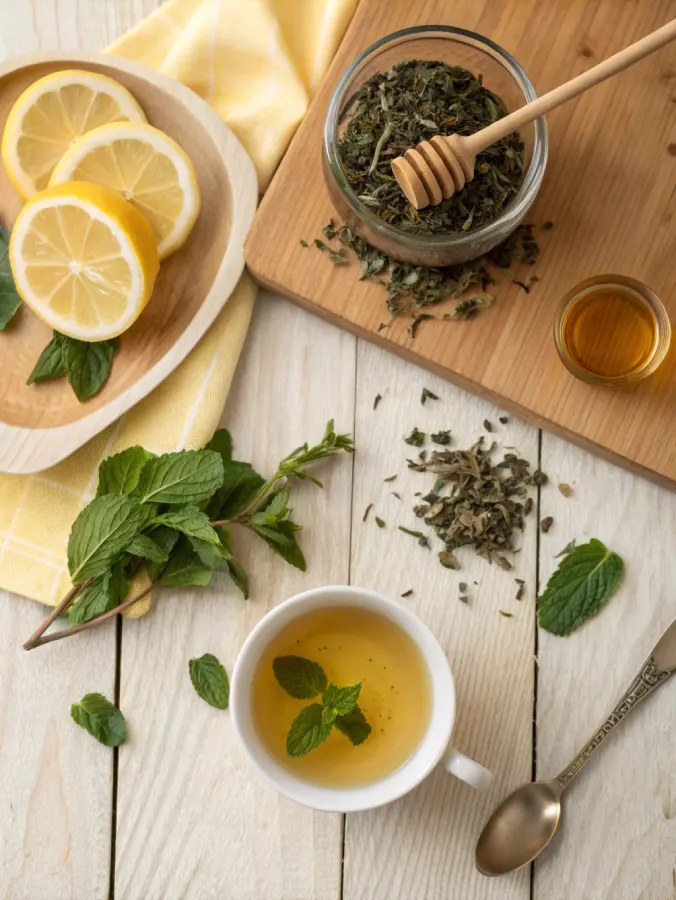
What Green Tea Actually Does Inside Your Body
Green tea might seem like a delicate drink, but its effects are impressively powerful. With each cup, you’re feeding your body a mix of antioxidants called catechins, especially EGCG (epigallocatechin gallate), which combat inflammation and support cellular health. These antioxidants neutralize free radicals, promoting healthier skin, a stronger immune system, and even reduced risk of chronic diseases like heart conditions.
But it doesn’t stop there. The caffeine in green tea works differently than coffee. Thanks to the presence of L-theanine, an amino acid, it delivers smoother energy, sharper focus, and less jitteriness. That’s why many choose green tea for mental clarity during work or creative projects.
In fact, pairing your cup with smart habits, like walking, journaling, or even mindful snacking, can elevate the health perks. For instance, those interested in metabolic support can find even more natural tips inside the Celtic Salt Trick or Gelatin Trick Recipe for weight balance.
The Best Time to Drink Green Tea for Maximum Benefit
Timing matters more than you’d think when it comes to green tea. Drink it 30–60 minutes after a meal to help with digestion and fat oxidation. Morning is ideal for a clean energy boost without overloading your system. Avoid drinking it on an empty stomach, its tannins can cause nausea or acid issues for some.
In the afternoon, it can act as a refreshing mental pick-me-up, especially when swapped for coffee. Just be cautious about sipping it late in the evening. While it contains less caffeine than black tea or coffee (around 30–50mg per cup), it can still disrupt your sleep cycle if consumed too close to bedtime.
Trying green tea as part of a lifestyle shift? The Mediterranean Diet Recipes on our site go hand-in-hand with its gentle detoxifying effect. This makes it easier to build a routine that supports weight control, hormonal balance, and clarity.
Looking for something stronger? Matcha, an ultra-fine powder of whole green tea leaves, offers a more potent dose of the same benefits. We’ll dig into that in a later section.
Slimmer Sips – How This Tea Helps With Weight & How to Brew It Right
A Simple Brew That Supports Weight Goals
This popular leaf isn’t just a soothing beverage, it’s become a subtle ally in the world of metabolism and fat-burning. One of the most researched benefits relates to its ability to boost thermogenesis, the body’s process of burning calories to produce heat. That’s largely thanks to the combination of caffeine and catechins like EGCG. Together, they encourage the body to use fat for energy more efficiently, especially during exercise.
When used consistently (not obsessively), it complements clean eating and movement. No, it’s not a miracle, but when sipped throughout the week, it helps tip the scale in your favor over time. For those already exploring wellness-focused habits, pairing this drink with one of our light breakfasts or pink salt diet recipes can support digestion, hydration, and energy balance.
And let’s be honest, sometimes the ritual of sipping something warm and earthy is enough to keep your hands and mouth away from ultra-processed snacks.
Brewing the Perfect Cup (and Iced Twist)
Making this tea the right way is easier than you think, but the temperature and timing matter more than most realize. Boiling water (212°F) can scorch the leaves, turning your cup bitter. Instead, aim for 160–180°F, steeping for 1–3 minutes for a balanced, mellow flavor.
Here’s a simple hot method:
- Heat filtered water to about 175°F.
- Add 1 tsp of loose leaf (or one bag) per 8 oz cup.
- Steep for 2 minutes.
- Remove leaves or bag. Add lemon, ginger, or a drop of honey if desired.
Want a chilled version for summer? Try this:
- Brew as usual, then pour over ice.
- Or cold steep: combine leaves and cold water, refrigerate 6–8 hours.
- Strain and enjoy with citrus or mint.
For a trendy boost, blend it into a citrusy shot with honey and vodka, a mix that’s become popular at social gatherings. Just like the refreshing pink salt recipe to lose weight, this drink can work as both a treat and part of your wellness rhythm.
Beyond the Mug – Iced, Matcha & Green Tea Shots Explained
Iced Versions for Summer Wellness
There’s something instantly refreshing about a chilled version of your favorite herbal drink. Whether you’re battling a hot day or just need a mid-afternoon refresh, this cold brew packs all the benefits with a cool twist. Unlike sugary sodas or energy drinks, this option hydrates while quietly working behind the scenes to support focus and fat metabolism.
The best part? You can make it your own. Brew a concentrated batch and chill it with lemon, cucumber, or crushed mint for an at-home spa vibe. Add it to smoothies for a nutrient-rich boost. Or batch a pitcher to store in the fridge for that 3 p.m. slump when coffee feels too heavy.
Pair your iced version with a light snack, like a muffin from our banana bread muffins recipe, to satisfy without weighing you down.
Here’s a quick cold-steep method:
- Use 1 tablespoon of loose leaves per 2 cups cold filtered water.
- Let it steep in the fridge 6–8 hours.
- Strain and serve over ice.
What About Matcha and Those Viral “Shots”?
Let’s talk matcha. This vibrant powder is made by stone-grinding whole tea leaves. It’s not steeped, you consume the entire leaf, meaning you get more antioxidants and a greater dose of L-theanine and caffeine. The result? Calm alertness without the crash. That’s why matcha lattes are a favorite among creatives and meditators alike.
You can enjoy it hot, iced, or whisked into smoothie bowls for a stunning green finish. Matcha also makes a wonderful addition to wellness-forward routines like the Mediterranean diet, thanks to its support for digestion and antioxidant power.
Then there’s the trendy “green tea shot”, but here’s the twist: there’s actually no tea in it. The drink is a cocktail usually made with:
- Jameson whiskey
- Peach schnapps
- Sour mix
- A splash of lemon-lime soda
It gets its name from its bright green color. Fun at parties? Sure. But if you’re aiming for daily health benefits, the real thing, whether loose-leaf or matcha, is what your body craves.
Looking to refresh your morning or calm your evening with a cleaner ritual? Go matcha. Looking to impress your friends? Maybe whip up a shot with a healthy twist by adding real brewed concentrate and a citrus base instead.

Green Tea Benefits & Brewing Guide
Ingredients
Equipment
Method
- Heat water to 160–180°F. Avoid boiling.
- Add tea leaves or bag to teapot or mug.
- Pour hot water over the tea.
- Let it steep for 2–3 minutes.
- Strain if using loose-leaf; remove bag if not.
- Add lemon, mint, or honey if desired.
- For iced: brew double strength and pour over ice or cold-steep for 6–8 hours.
Nutrition
Notes
Tried this recipe?
Let us know how it was!Conclusion: A Daily Ritual Backed by Science and Simplicity
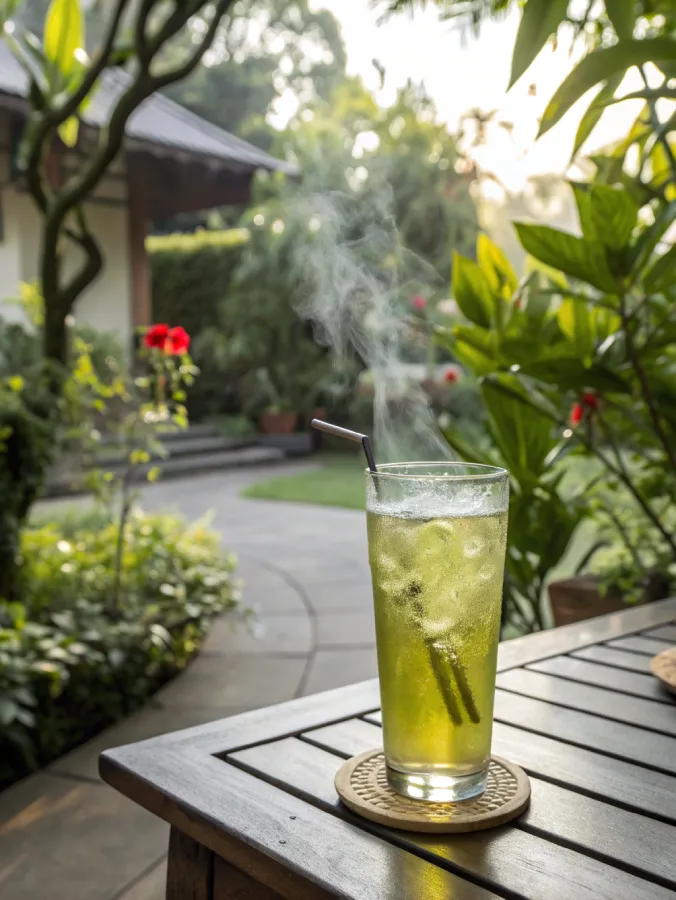
A warm mug in the morning or a chilled glass in the afternoon, either way, this ancient beverage continues to offer powerful, gentle support for modern wellness. It’s more than tradition. Backed by science, this daily drink is linked to cardiovascular health, mental focus, and metabolic function.
According to the National Center for Complementary and Integrative Health, studies suggest that tea made from Camellia sinensis leaves may help with blood pressure, inflammation, and cholesterol levels when consumed regularly and as part of a healthy lifestyle. These benefits come largely from plant-based antioxidants called catechins, compounds known to reduce oxidative stress in the body.
From East Asia to Western kitchens, its global reputation is well-deserved. As explained in Wikipedia’s tea article, this beverage has shaped cultures, fueled trade routes, and evolved into modern forms like matcha lattes and wellness shots.
Incorporating it into your routine doesn’t require a complete overhaul. It can be as simple as replacing sugary drinks with a few mindful sips, pairing it with nourishing meals, or enjoying a quiet moment to reflect and reset.
So whether you’re chasing calm, energy, or better health, know that you’re holding centuries of wisdom in every cup.
Frequently Asked Questions
What does this type of tea do to your body?
Drinking this leaf-based brew daily introduces a steady stream of antioxidants into your system. These compounds, especially EGCG, help reduce inflammation, support heart health, improve digestion, and even enhance skin clarity. The gentle caffeine and L-theanine combo also sharpens focus without causing jitters, making it ideal for sustained energy.
What’s the best time to enjoy it?
Most find the morning or early afternoon ideal. Sipping it 30 to 60 minutes after breakfast or lunch supports digestion and provides energy without interfering with sleep. It’s not recommended on an empty stomach due to tannins that can trigger discomfort in some people.
How can I use it for weight loss?
This drink supports fat oxidation and helps regulate appetite. For best results, combine it with a balanced lifestyle like our Mediterranean diet food list. Replace sugary drinks with 2–3 cups a day, ideally unsweetened. Drinking a warm cup before meals may reduce cravings and improve portion control.
What’s the healthiest tea to drink daily?
While all teas have perks, the one discussed here ranks high thanks to its balance of antioxidants, low caffeine, and proven health support. Matcha offers a more concentrated dose, while white tea is another gentle daily option. Choose organic and minimally processed options when possible.
How do you make it?
Boil water, then let it cool slightly to 160–180°F. Steep your leaves or bag for 1–3 minutes, depending on desired strength. Add lemon, ginger, or mint to personalize it. Avoid over-steeping to prevent bitterness.
How do you make the iced version?
Cold steeping is easiest: combine tea leaves and cold water in a jar, refrigerate 6–8 hours, then strain and pour over ice. You can also brew it hot, chill it, and add natural flavors like citrus or cucumber for a spa-like twist.
How much caffeine does it contain?
Most cups contain 30–50mg of caffeine, depending on the leaf variety and brew time. That’s about half of what’s in black tea and far less than a cup of coffee. Matcha contains slightly more due to whole-leaf consumption.
Is matcha a type of this tea?
Yes. Matcha is made from the same plant but processed differently. Instead of steeping, you whisk the powder into water, consuming the entire leaf. This provides more antioxidants and a richer, more sustained energy effect.
What’s in a “green tea shot”?
Ironically, there’s no actual tea in this popular cocktail. It’s made from whiskey, peach schnapps, sour mix, and soda, named for its bright green color. For a healthy twist, try a version using brewed concentrate, lemon juice, and a splash of sparkling water.
